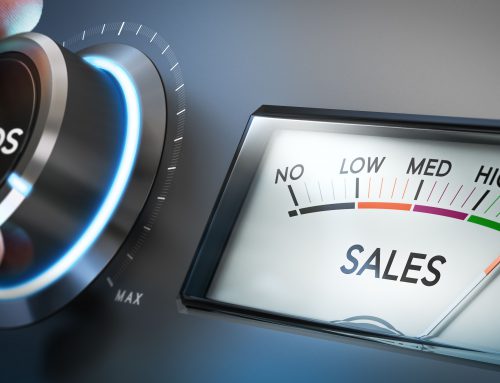The largest grocery store in the nation, Whole Foods quickly surpassed all other grocery stores big and small. Originally a small store in Austin, Texas Whole Foods grew to be the biggest natural-foods store in the U.S. Whole Foods has changed the game in how people view grocery stores and grocery shopping, especially know that it is owned by Amazon.
In the beginning of its expansion Whole Foods had large growth due to mergers and acquisitions. Within 20 years the company, still owned by John Mackey had 70 stores on 16 states. By 2004 the flagship store was 58,000-square-foot in the Time Warner Center in New York city.
The company paved the way for others by labeling all GMO and non-GMO products in the stores. Through the years Whole Foods soared until recently when local and smaller chains began to carry more organic foods. Now not the only natural store they began to lose customers due to their higher prices of organic items. In 2017 Amazon purchased Whole Foods for around $13.7 billion!
Amazon’s Grocery Innovations
Amazon’s purchase of Whole Foods is changing the grocery stores game all together. With the online seller buying out one of the largest chains in the U.S. the store is now a threat to behemoths like Walmart and Kroger. This acquisition will not only affect local and large grocers like Albertson’s, Trader Joe’s and Publix, but it will also affect grocery deliverers such as Fresh Directand ready-to-cook Blue Apron. Amazon has already created its own delivery service, Amazon Fresh, which will now expand with Whole Foods.
Now with Amazon owning more than 400 grocery stores nationwide the fear is what else they can do. Lowering prices to enable “average” person to shop at Whole Foods will be a big change. Your Whole Foods parking lots are no longer filled with only high-end cars, but prices now cater to almost everyone.
Amazon has created ease of shopping online for everything. From household items, clothes, books, electronics, and even groceries the store has taken down chain stores left and right. Borders, Circuit City, and others all fell in part because of Amazon. Now taking over the grocery industry grocery stores may face the same demise as other large companies. Amazon excels at understanding the importance of brick and mortar and online retail, especially since the millennial generation enjoys convenience.

Whole Foods 365Everyday Value brand adds on to the list of brands Amazon has created for itself such as pet food and batteries. Mass retailers and grocery stores will now need to catch up to Whole Foods as Amazon cuts down their high prices. Grocery stores are trying to keep up with the megastores by carrying their own version of specialty foods at lower prices.
Amazon has also paired with other companies in its food delivery service to help people in food deserts – areas where fresh, healthy food is not an option. The company has paired with Safeway, FreshDirect, and others to see if this helps to alleviate these areas. With food delivery from major chains Amazon is testing the waters on new kinds of service.
Amazon has created an ease for grocery shopping by allowing online shopping with delivery service. In today’s world consumers like shopping anywhere and everyone knowing the click of a button gives satisfaction. Grocery stores are on the horizon of online disruptions no different than fashion, books, and sporting goods.
While the U.S. is still newer in the sector of online grocery stores the U.K. has succeeded. Ocadois a U.K. online only grocer who delivers over 2 million products a day and surpasses the fresh food offerings more than any other grocery store. More interesting is that shoppers are not limited to millennials and cut across all age groups. This calls to question, will Amazon be able to do just what Ocado is doing? Consumers are looking for an experience and today they receive more personalized experiences online.
Amazon will continue to take over the market not only in the grocery stores sector, but overall in online shopping. Ahead of the game Amazon is constantly taking on markets to expand into. While Walmart still owns the grocery market share Amazon’s acquisition of Whole Foods will enable it to move up the chain. Amazon has made the shopping experience more enjoyable and easier for its customers and is now doing the same for its fresh food delivery.








Leave A Comment